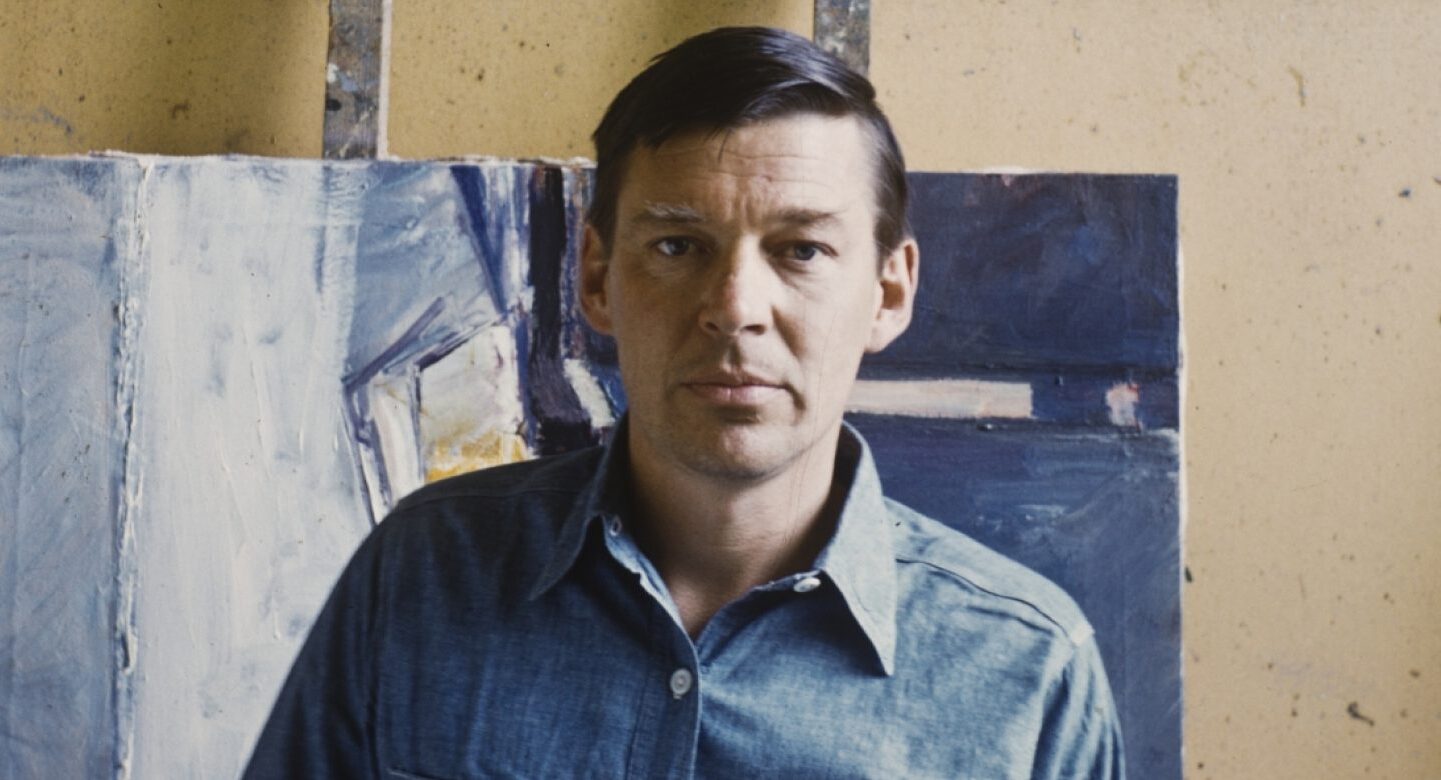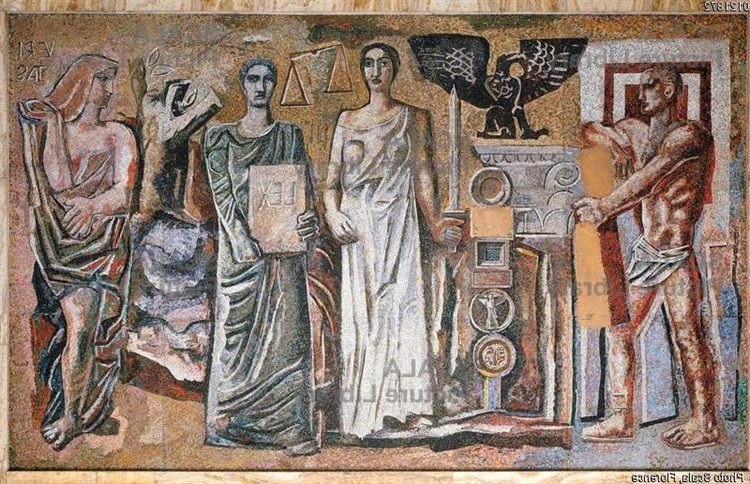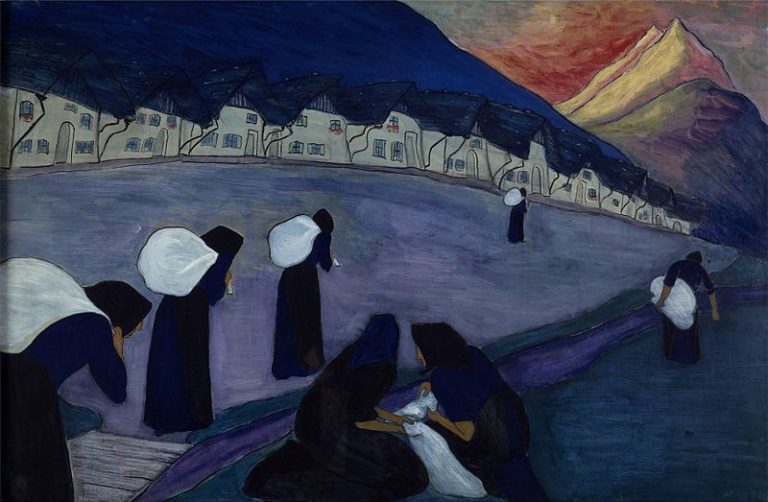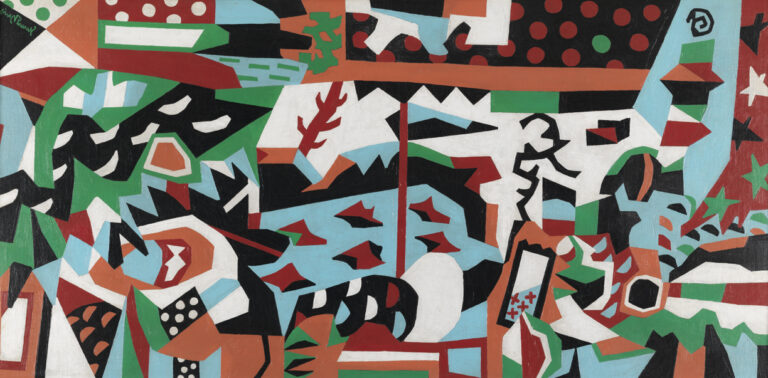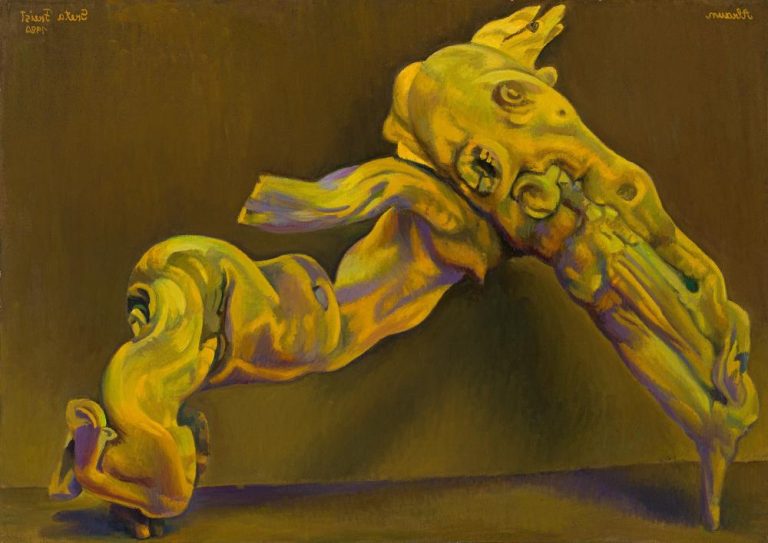Richard Diebenkorn: Painter Who Defined California Abstract Expressionism
Born: April 22, 1922, Portland, Oregon, US
Death: March 30, 1993, Berkeley, California, US
Art Movement: Bay Area Figurative, Abstract Expressionism
Nationalité : Américain
Influenced By: Edward Hopper, Clyfford Still, Arshile Gorky, Hassel Smith, and Willem de Kooning
Institution: San Francisco Art Institute and University of New Mexico
Richard Diebenkorn: Painter Who Defined California Abstract Expressionism
Vie et éducation précoces
Richard Clifford Diebenkorn Jr. was born on April 22, 1922, in Portland, Oregon, to Richard Clifford Diebenkorn Sr. and Dorothy Stephens. He showed interest in art from an early age, though his family encouraged him to pursue a more stable career path.
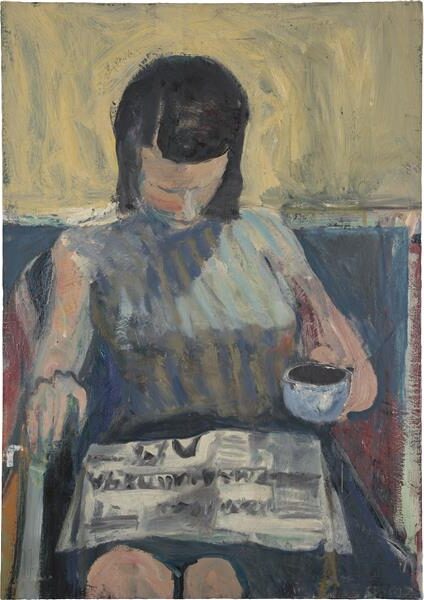

Diebenkorn began his higher education at Stanford University, where he balanced his artistic interests with a broader liberal arts education. He eventually earned his B.A. degree from Stanford in 1949, laying the foundation for his future carrière artistique.
His educational journey was interrupted by World War II, during which he served in the Marine Corps. This experience exposed him to new landscapes and perspectives that would later influence his artistic style.
After his military service, Diebenkorn continued his art education at the California School of Fine Arts. This institution played a crucial role in developing his early artistic voice and connecting him with other influential artists of the time.
He also spent time at the University of Illinois furthering his artistic studies. These varied educational experiences contributed to his evolving approche artistique, which would later be associated with abstract expressionism.
Throughout his formative years, Diebenkorn developed the technical skills and artistic vision that would eventually establish him as one of America’s most respected painters and printmakers.
Développement artistique et œuvres majeures
Richard Diebenkorn’s career unfolded through distinct artistic phases, each showing his evolving approach to color, composition, and subject matter. His work moved between abstraction and figuration multiple times, creating a unique visual language that balanced structure with spontaneity.
Berkeley Period
After serving in the Marine Corps, Diebenkorn settled in Berkeley, California in the mid-1950s. During this time, he surprised the art world by shifting from abstraction to figuration, joining fellow artists David Park and Elmer Bischoff in the Bay Area Figurative Movement.
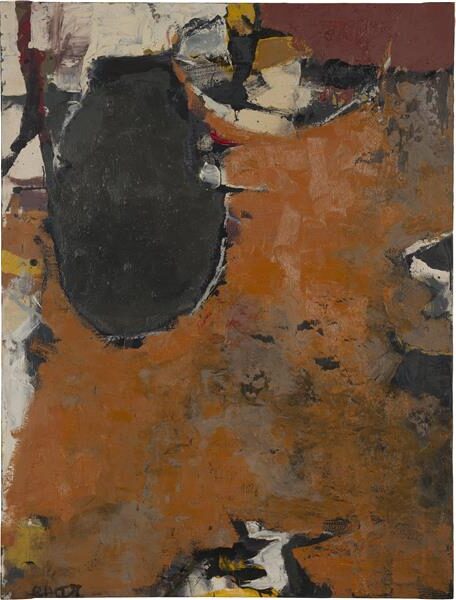
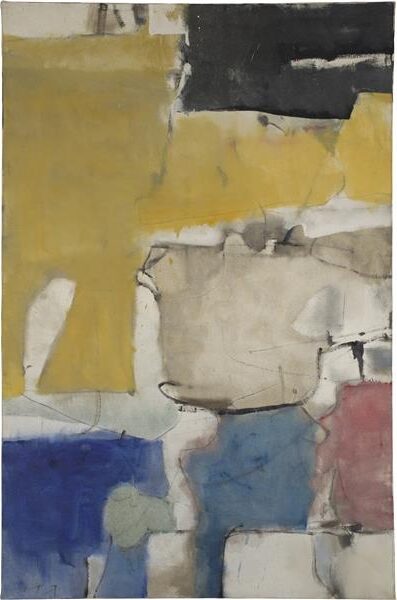
His figurative works from this period featured muted colors and geometric compositions that reflected the California landscape. Figures often appeared in contemplative poses within interior spaces or landscapes that had distinct horizontal planes.
The Berkeley paintings showed Diebenkorn’s interest in creating tension between spatial representation and the flatness of the canvas. His work displayed influences from both Edward Hopper’s sense of isolation and Henri Matisse’s use of color and interior spaces.
Ocean Park Series
When Diebenkorn moved to Santa Monica in 1966, he returned to abstraction with his most celebrated body of work—the Ocean Park Series. These paintings, named after the neighborhood where he kept his studio, combined geometric precision with luminous color.
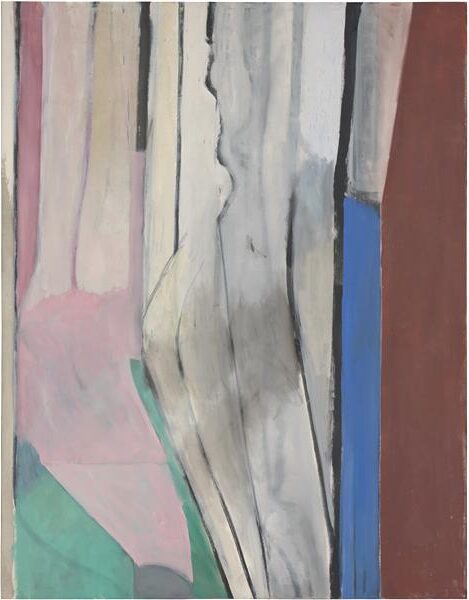
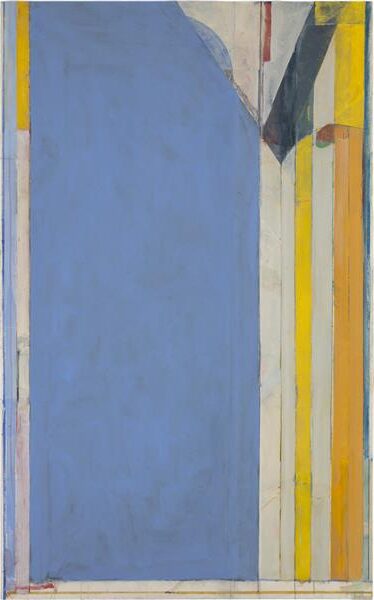
The series features over 140 works characterized by:
- Planar divisions of the canvas
- Precise yet visible brushwork
- Translucent layers of paint
- High-key color palette reflecting California light
The Ocean Park paintings balanced structure with spontaneity, showing Diebenkorn’s meticulous process of revision. He often left traces of earlier compositional decisions visible in the final works, revealing his creative journey.
Later Years and Final Works
In his final decades, Diebenkorn continued exploring themes from the Ocean Park Series while experimenting with smaller formats and different media. He created notable works on paper, including a series of delicate etchings that maintained his interest in geometric abstraction.
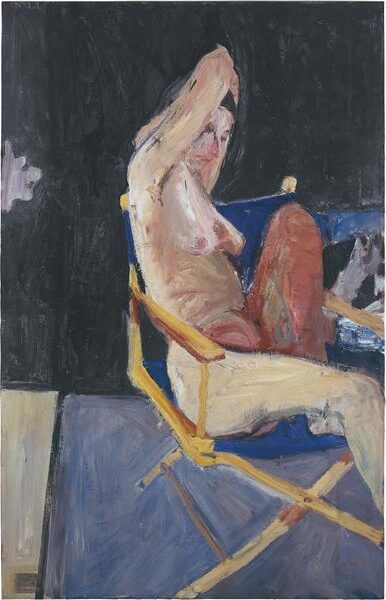
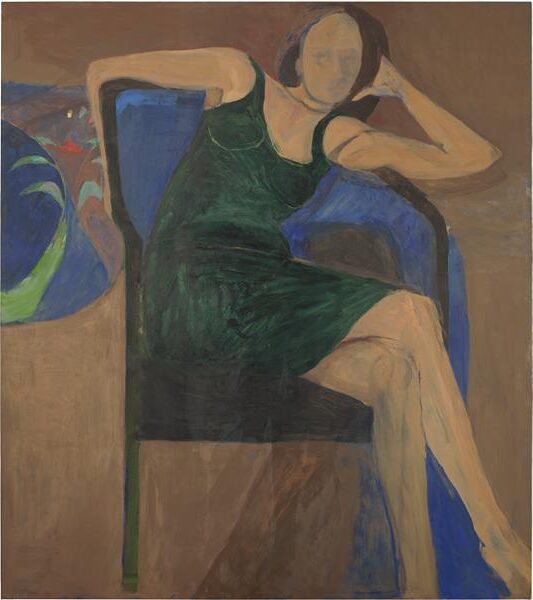
His later paintings often featured more simplified compositions with bolder color contrasts. Health issues limited his ability to work on large canvases, leading to more intimate pieces that maintained his characteristic attention to surface quality and light.
Until his death in 1993, Diebenkorn remained committed to his artistic vision. His final works showed his continued fascination with the tension between structured composition and intuitive expression that had defined his entire career.
Héritage et influence
Richard Diebenkorn’s impact on modern art extends far beyond his lifetime. As a leader in the Bay Area Figurative Movement, he created a unique bridge between abstraction and representation that continues to influence contemporary painting.
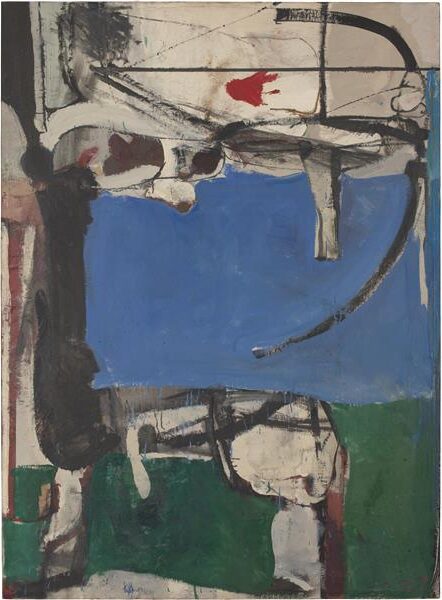
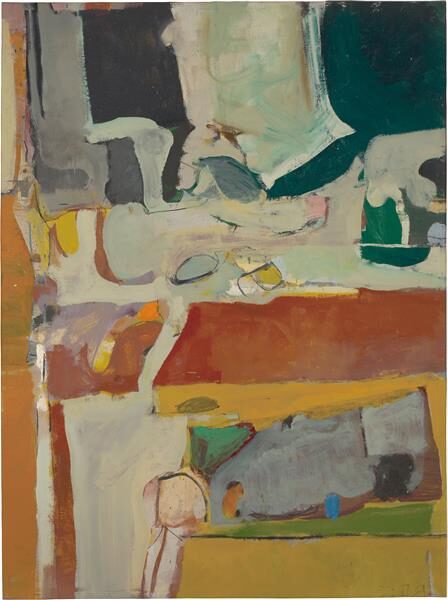
His ability to move between styles—from Abstract Expressionism to figuration and back again—demonstrated remarkable versatility. This fluidity challenged the rigid categorizations often imposed by art history and inspired generations of artists to follow their own creative instincts.
Diebenkorn’s teaching career at institutions like UCLA and the College of Arts and Crafts in Oakland helped shape countless young artists. His approach to art education emphasized both technical skill and personal expression.
The artist’s death from emphysema on March 30, 1993, marked the end of a prolific career but not his influence. His works now hang in major museums worldwide and command significant attention from collectors and scholars alike.
Artists influenced by Diebenkorn often cite his masterful use of color, space, and light. His California landscapes and interiors captured a distinctly American perspective while incorporating lessons from European modernism.
The “Ocean Park” series, in particular, shows Diebenkorn’s connection to both New York School painters like Willem de Kooning and color field artists like Clyfford Still, while maintaining his unique vision.
Diebenkorn’s legacy lives on through retrospective exhibitions, scholarly publications, and the Richard Diebenkorn Foundation, which continues to promote his work and artistic philosophy.
Questions fréquemment posées
Richard Diebenkorn mastered various techniques and styles throughout his 45-year career. His work spans from abstract to figurative and back again, with distinctive approaches to landscapes, cityscapes, and printmaking.
What techniques did Richard Diebenkorn employ in his paintings?
Diebenkorn used a layering technique that allowed previous colors and forms to show through in his work. He often applied paint in thin, luminous layers, creating depth and transparency.
In his Ocean Park series, he employed geometric abstraction with carefully measured lines and shapes. His technique involved repeatedly revising compositions until achieving the right balance.
Diebenkorn frequently used drawing as an underpinning for his paintings, creating structural elements that guided his color application. He worked from direct observation for his figurative paintings, capturing light and space with careful attention.
Can you detail the evolution of Diebenkorn’s landscape paintings?
Diebenkorn’s landscape work began with abstract expressionist pieces influenced by his California surroundings in the late 1940s and early 1950s. These paintings featured vibrant colors and dynamic brushwork that suggested landscape elements without direct representation.
In the mid-1950s, he shifted toward more recognizable landscape forms, developing the “Bay Area Figurative” style. These works combined abstract elements with clearly defined landscape features of Northern California.
His most famous landscape-inspired works came in the Ocean Park series (1967-1988), named after the Santa Monica neighborhood where his studio was located. These 140 paintings evolved from representational views to geometric abstractions that captured California’s light and spatial qualities.
What are the notable characteristics of Richard Diebenkorn’s cityscapes?
Diebenkorn’s cityscapes feature strong architectural elements and linear perspectives that create ordered compositions. He often depicted urban environments from elevated viewpoints, creating flattened planes that emphasized geometric patterns.
Light plays a crucial role in his cityscapes, with distinctive California sunshine casting shadows that create additional compositional elements. The artist incorporated urban features like buildings, roads, and telephone poles as structural components rather than narrative elements.
His cityscapes balance representation and abstraction, reducing complex urban environments to essential forms and colors. The works capture both physical reality and emotional response to urban spaces.
Where can one view Richard Diebenkorn’s artwork in person?
Major collections of Diebenkorn’s work can be found at the San Francisco Museum of Modern Art, which holds significant pieces from his Bay Area period. The National Gallery of Art in Washington DC maintains an extensive collection spanning his career phases.
The Anderson Collection at Stanford University features important Diebenkorn paintings, particularly from his Ocean Park series. The Art Institute of Chicago, Museum of Modern Art in New York, and Los Angeles County Museum of Art also display notable works.
Smaller but significant collections can be viewed at the Oakland Museum of California and the Berkeley Art Museum. Special exhibitions of his work occasionally tour internationally.
How has the Richard Diebenkorn Foundation contributed to the understanding of his work?
The Richard Diebenkorn Foundation, established after the artist’s death in 1993, maintains a comprehensive archive of his work and papers. The Foundation has published catalogs and books about his different artistic periods, enhancing scholarly understanding.
It has organized and supported major retrospective exhibitions that showcase the full range of Diebenkorn’s artistic development. The Foundation’s website serves as an educational resource, providing detailed information about his techniques, influences, and artistic philosophy.
The Foundation has also funded conservation efforts to preserve Diebenkorn’s artworks for future generations. It continues to collaborate with museums and galleries to ensure his work remains accessible to the public.
What is the significance of Richard Diebenkorn’s prints in his artistic oeuvre?
Printmaking served as an important complement to Diebenkorn’s painting practice. It allowed him to explore linear elements with precision. He created over 400 prints using various techniques including etching, drypoint, aquatint, and lithography.
His print series often parallel themes in his paintings. This is particularly evident in his abstract “Ocean Park” etchings. The printmaking process appealed to Diebenkorn’s methodical approach. It enabled him to experiment with composition through multiple states and variations.
Diebenkorn’s prints show his masterful draftsmanship and attention to subtle tonal variations. These works have gained recognition as significant artistic accomplishments in their own right. They are not merely reproductions or studies for paintings.


